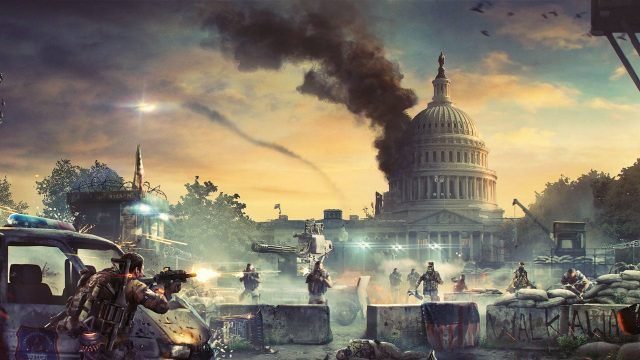While the post-apocalyptic Washington D.C. environment featured within The Division 2 can be a joy to run through, what with the 1:1 scale and accurate attention to real-world details, sometimes you just want to skip the long run and immediately travel to an area. Thankfully, The Division 2 fast travel is a thing, with developer Massive Entertainment allowing players the choice of whether to take in the scenery, or warp straight past it all. To be able to fast travel to an area, however, you’ll first have to know how to unlock fast travel locations. Here is everything you need to know about The Division 2 fast travel.
How to unlock The Division 2 fast travel locations
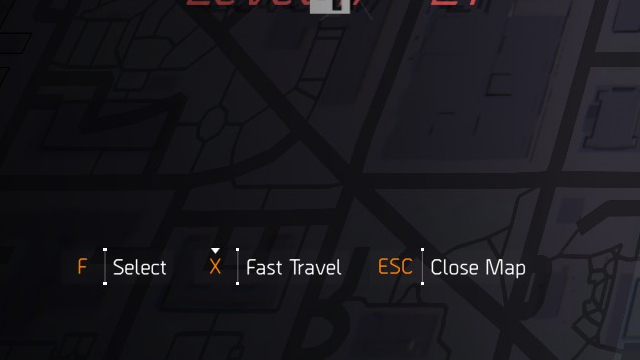
Unlike other games, which have a limit on where and when you can spawn to different areas, The Division 2 fast travel spots are plentiful. Massive Entertainment has been generous in dishing out plenty of occasions where players can bypass a lengthy run, enduring only a quick loading screen instead. However, you can’t just go skipping sections all willy-nilly, as you will first need to unlock fast travel locations before you can then travel to them.
Settlements and Base of Operations make for great fast travel spots, covering a wide area of the map. Once unlocked, you can simply head to the map, hold the designated fast travel button (“X” on PC), and then zoom off. A loading screen will be the only barrier between you and the new area.
The Division 2 fast travel functionality also allows players to quickly appear at different mission locations. This comes in useful when you are looking to replay missions on a harder difficulty. Rather than having to retrace your steps, you can just matchmake and fast travel from the map menu. Of course, there’s also the option of walking, where you may discover new hidden items or encounter enemies to grind for XP.
Tom Clancy Franchise Tour
-
The Division 2 and the best and worst Tom Clancy franchises

Due to a set of circumstances only possible in our industry, the Tom Clancy name has been all over gaming. It's the first name in tactical shooters and one of Ubisoft's most valuable franchises. However, it's not all sunshine and roses. Here is the history of The Clance in video game form. -
The Hunt for Red October
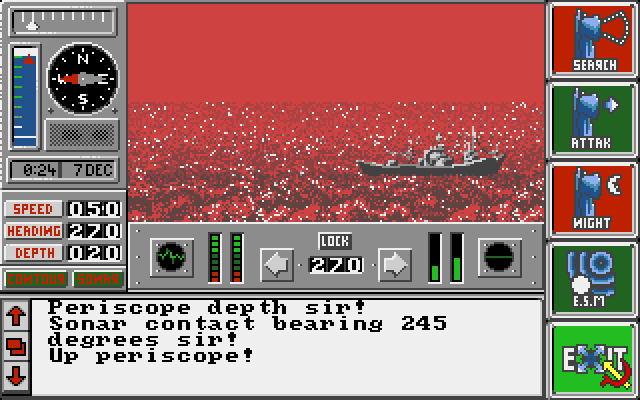
In the late '80s, one of the prominent genres on home PCs were tense strategy games. Since graphics hadn't evolved as of yet, games, where you played in the theater of the mind, dominated the landscape. What better subject than the tense thrillers of Tom Clancy for these types of experiences? -
The Sum of All Fears
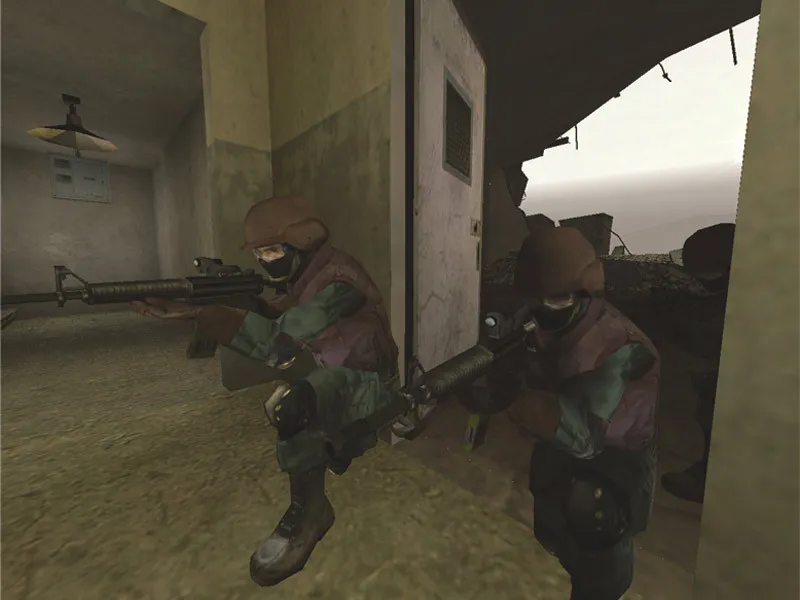
In 1996, Tom Clancy co-founded Red Storm Entertainment after seeing these early successes. Ubisoft subsequently purchased the studio in 2000 after establishing a working relationship with them. Ubisoft then purchased the Tom Clancy name outright for use in video games in 2006. By then, games tying into Clancy's movie successes just weren't enough. -
Rainbow Six
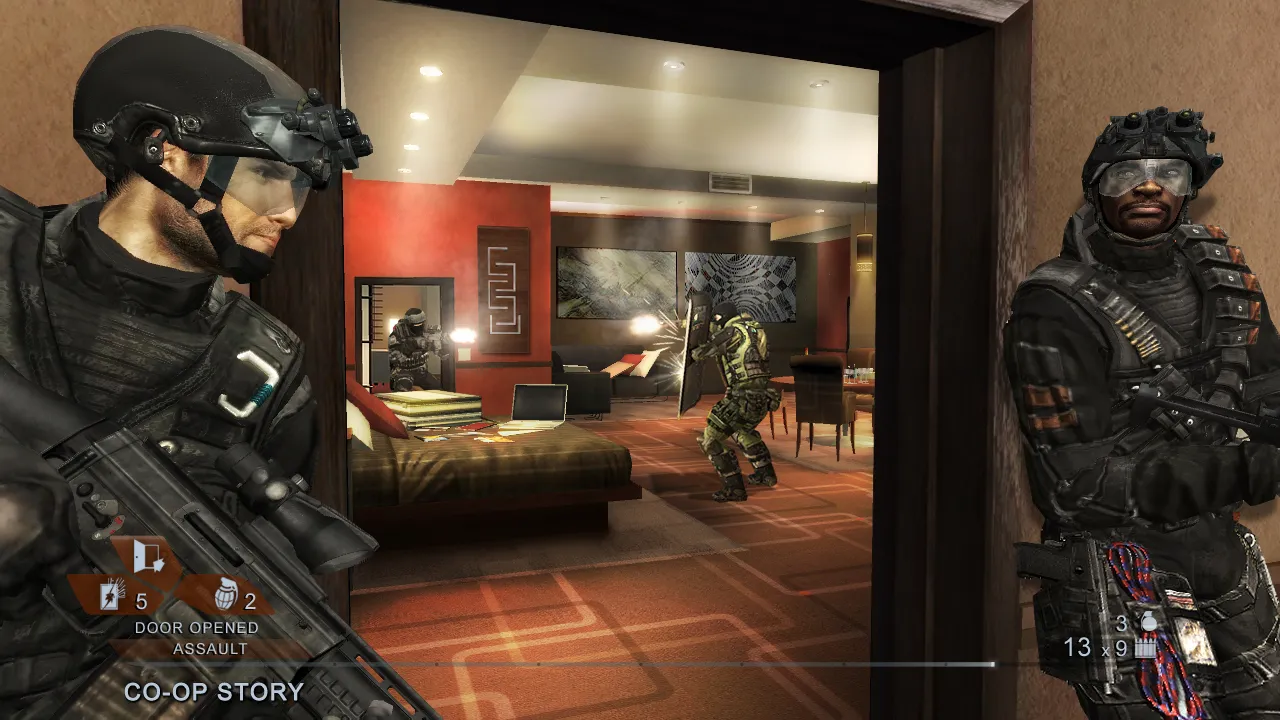
Originally based on one of Clancy's novels, the Rainbow Six series encompasses 17 distinct releases across multiple platforms. Each game features tactical first-person shooting and aspires to be a military simulation. This style peaked with a pair of Vegas titles released on Xbox 360. -
Rainbow Six Siege
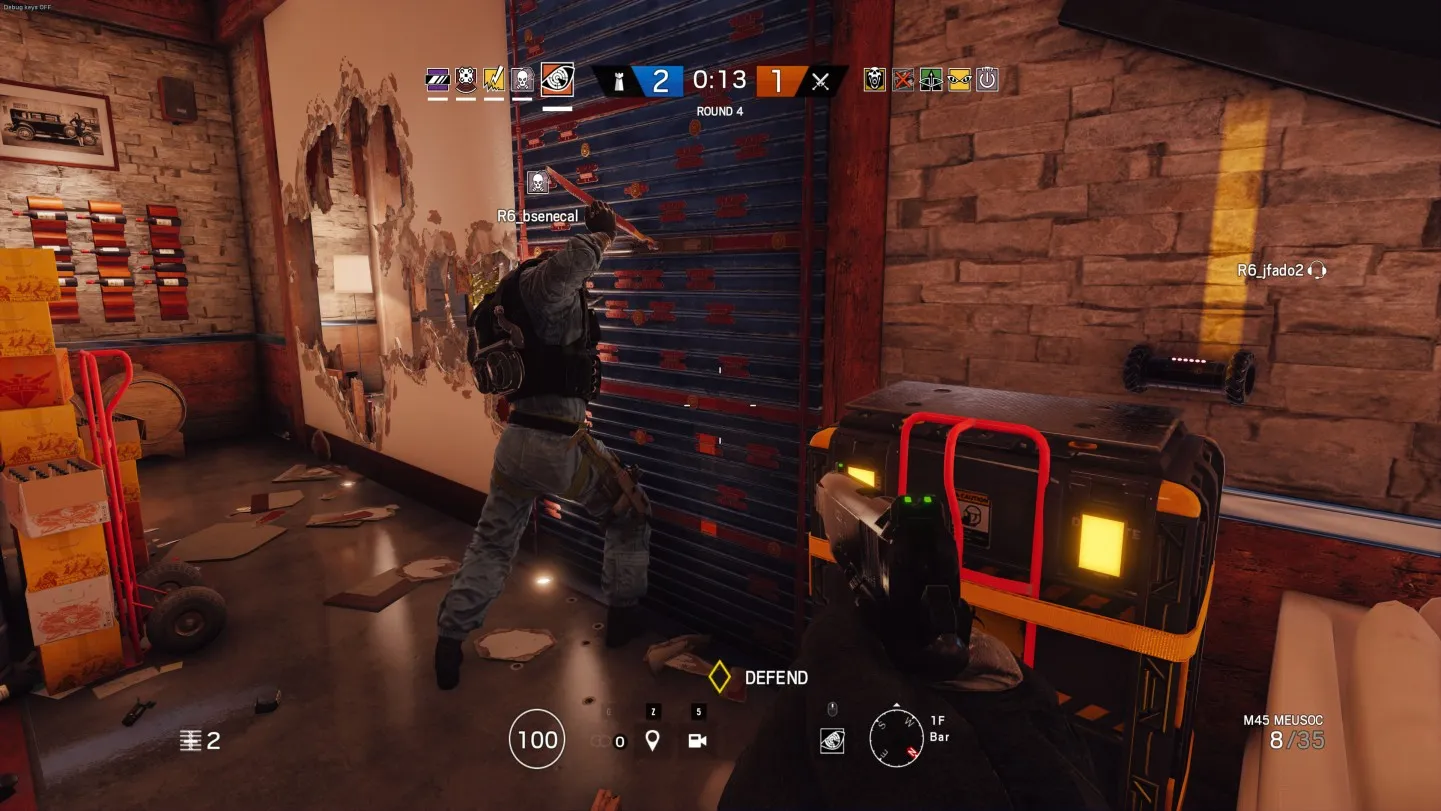
After spending several years developing a follow-up to Vegas entittled Patriots, Ubisoft went a different way. Rainbow Six Siege is a multiplayer-focused endeavor with Overwatch-style heroes as its operatives. Although it started off on the wrong foot, constant improvements have made it one of the most popular shooters going. -
Ghost Recon
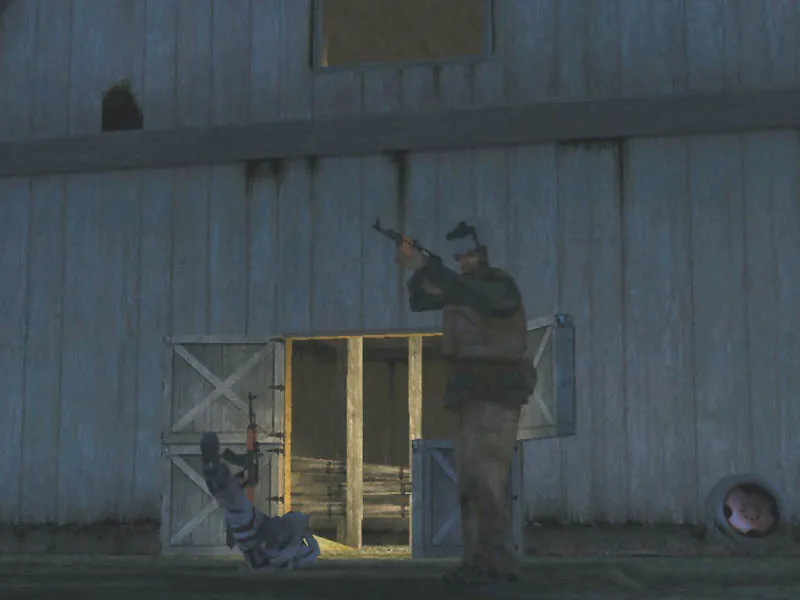
The second set of Clancy tactical shooters, Ghost Recon differentiates itself with its third-person gameplay and its large outdoor environments. There have been fourteen Ghost Recon releases, ranging from the modern day to the near future. Most recently, Ghost Recon took a turn into the open world with Wildlands. -
Ghost Recon Advanced Warfighter
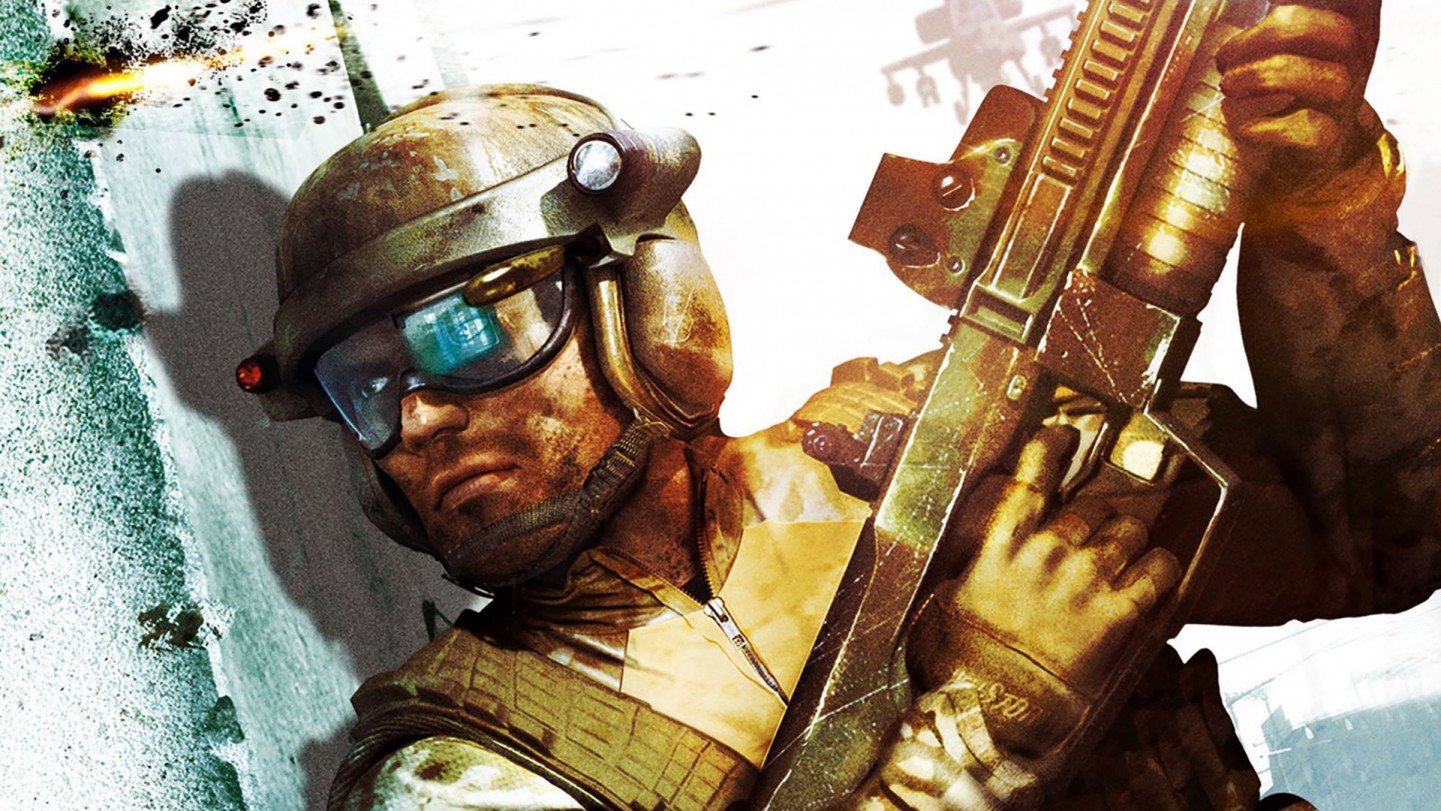
A subsection of Ghost Recon, "GRAW" was one of the standout games around the Xbox 360 launch. Combining the tactics the series is known for with then-futuristic technology made for a great combination. Ubisoft would revisit the idea with a direct sequel and Future Soldier in 2012. -
Splinter Cell
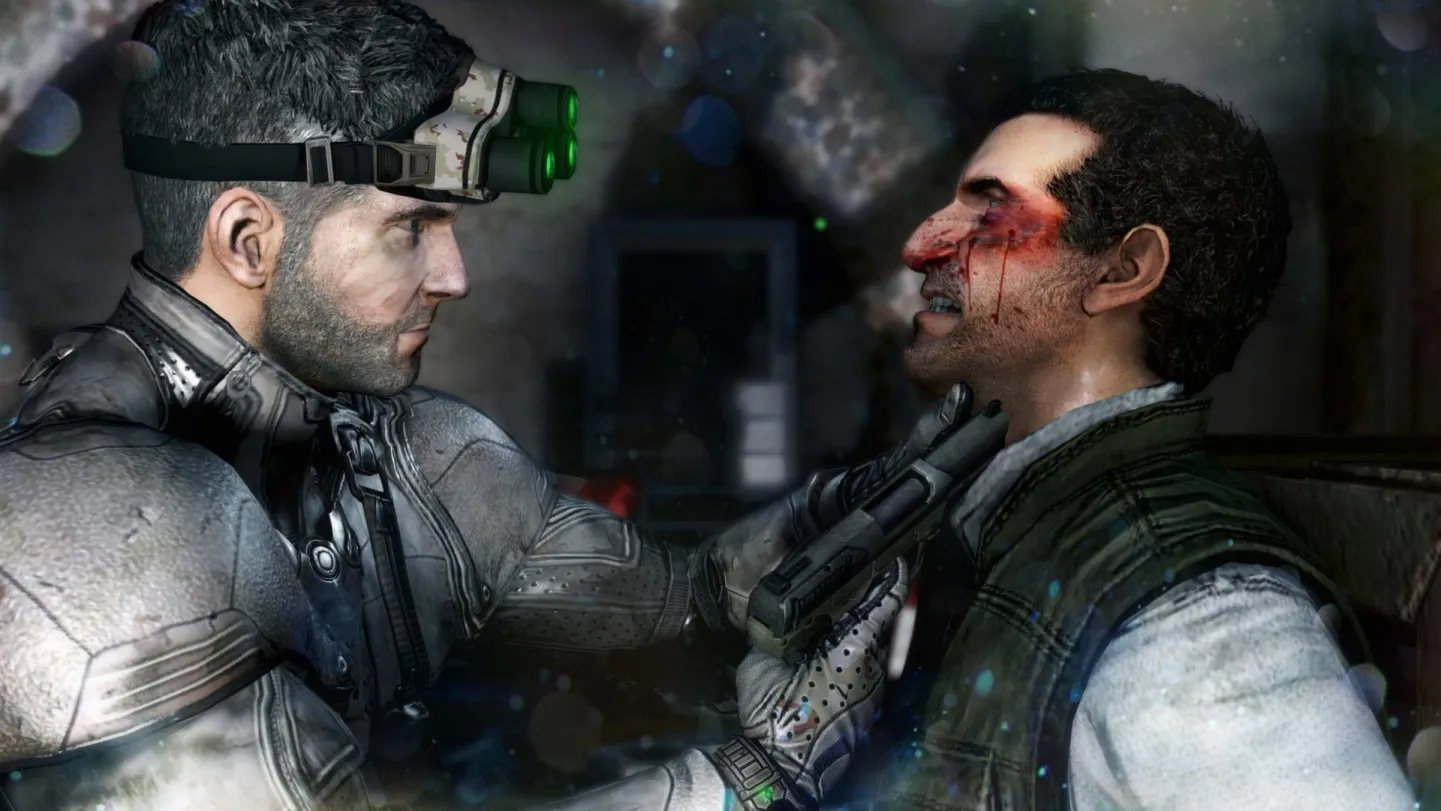
Splinter Cell's Sam Fisher might have been in the running as an Xbox mascot back in the good old days. A stealth action series to rival Metal Gear, Sam's adventures are classics, particularly the original trilogy. The latest in the series was Blacklist in 2013, although there have been hints that Sam might drop in again any day now. -
EndWar
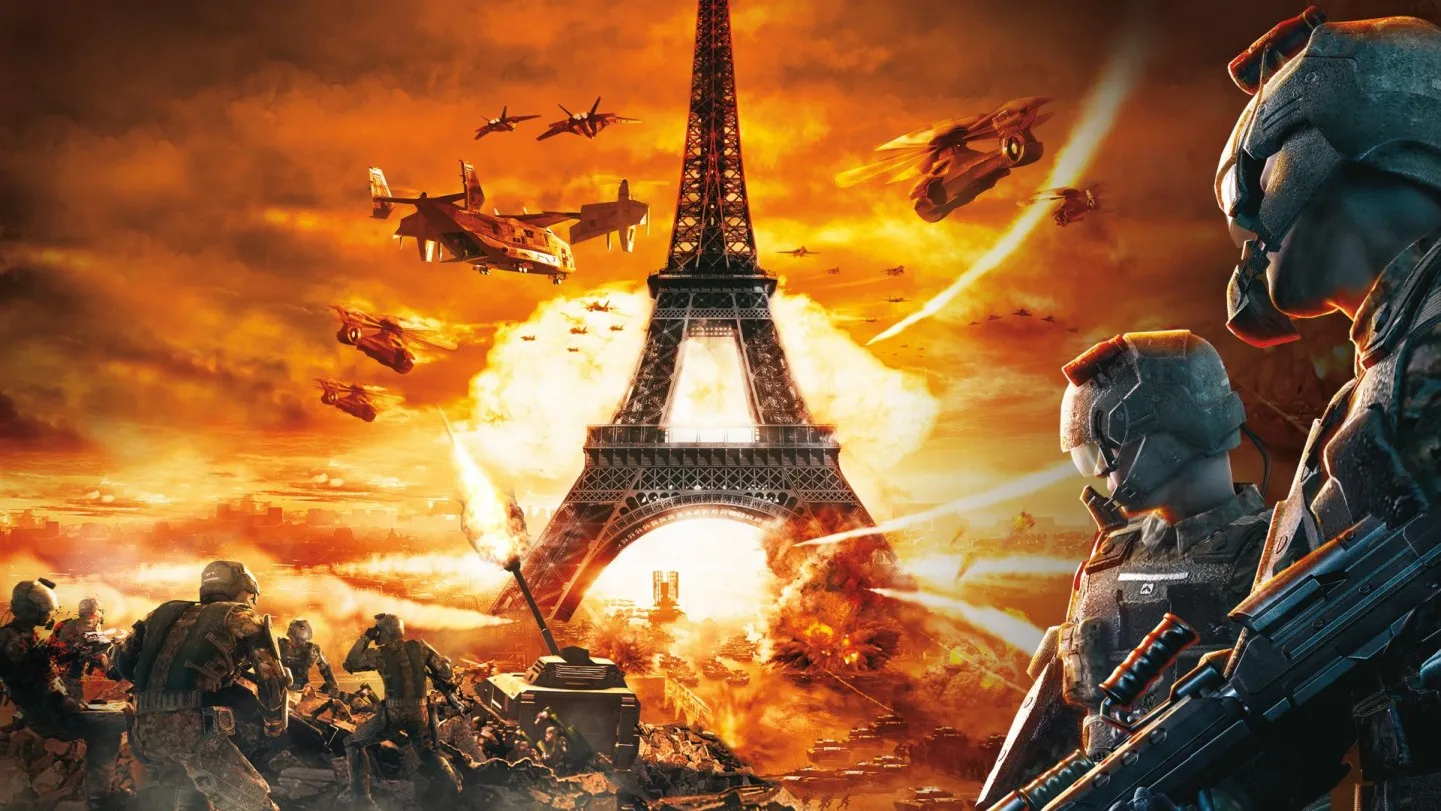
Taking Tom Clancy back to full on tactics, 2008's EndWar promoted itself on its voice-operated commands. You could control the entire game with a headset, although some reviewers found that to be difficult to achieve. A sequel started development but never saw the light of day. There was a free-to-play follow-up planned but it was canceled. -
H.A.W.X.
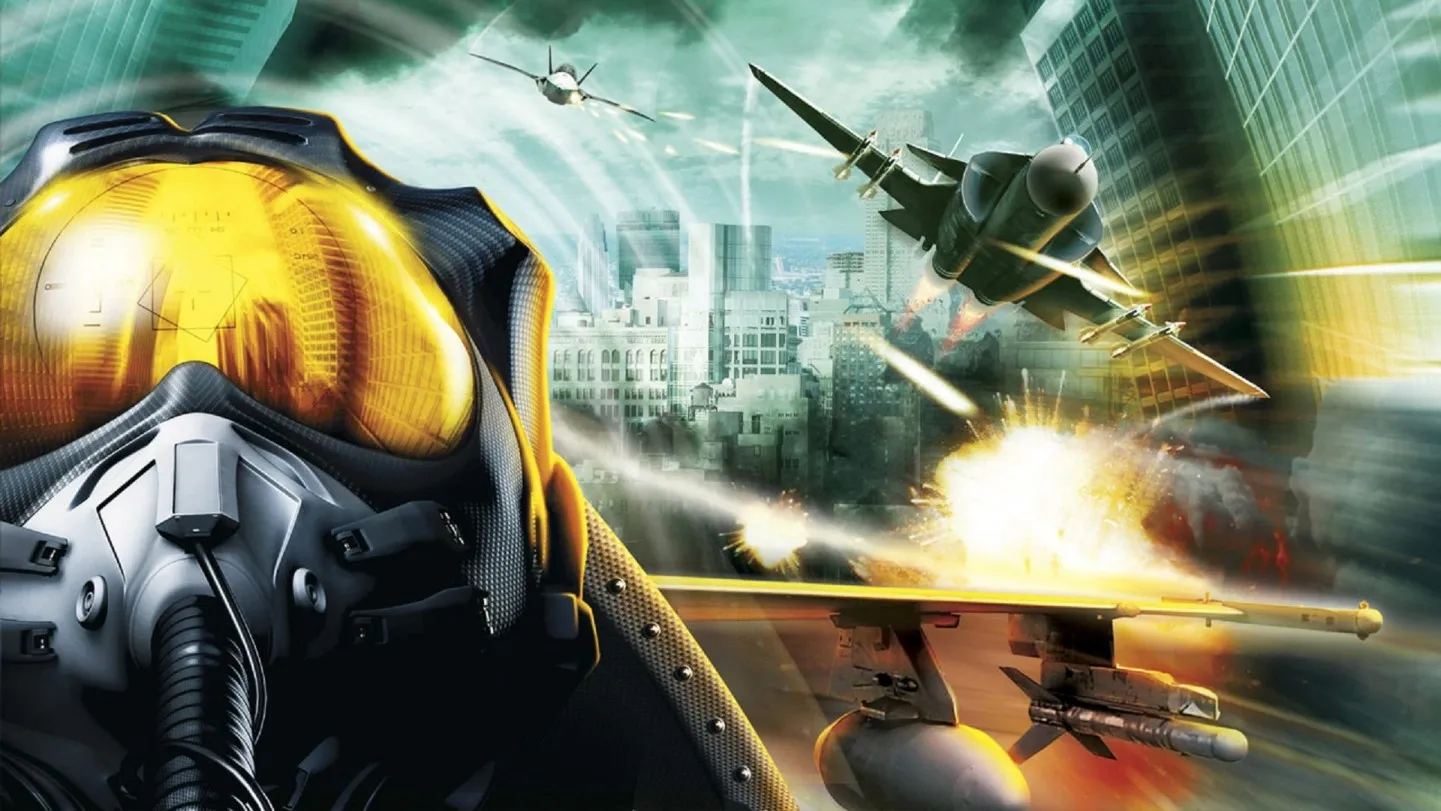
An arcade flying game taking place in the timeline of Advanced Warfighter, H.A.W.X. is a weird fit in the Tom Clancy timeline. Two games were released in 2009 and 2010, both receiving mixed to positive reviews. A seeming stopgap in the industry while Ace Combat slumbered, this is one name we probably won't be seeing again. -
The Division
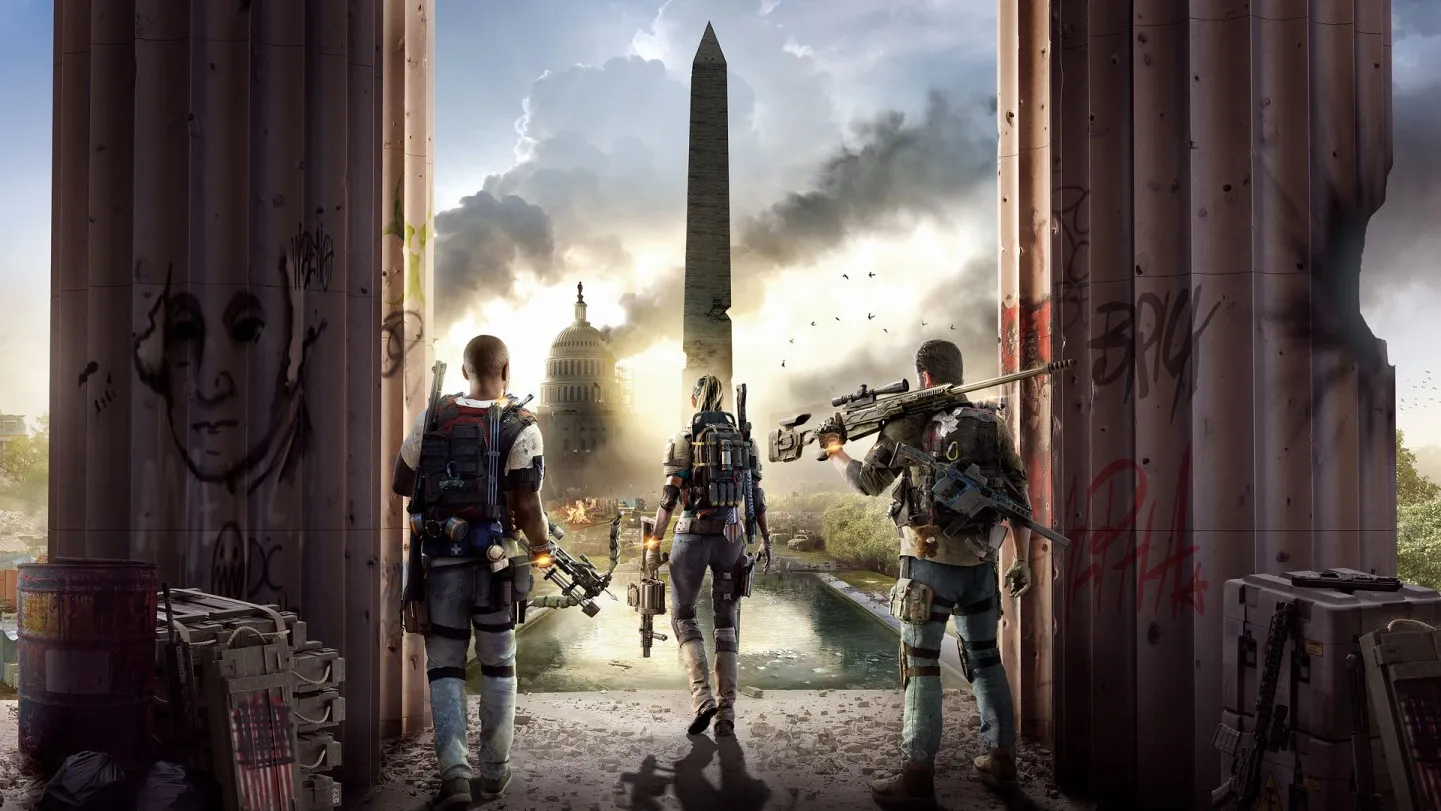
The latest Tom Clancy joint, The Division takes the gameplay structure of Destiny and brings it down to Earth. Literally. This loot shooter doesn't quite have the tactical gameplay of past titles bearing Mr. Clancy's name, but it does have the squad controls and the storyline that attempts to match his most engaging works of fiction. Well, it doesn't have great storytelling techniques but at least it has the look and feel of a Clancy game.
